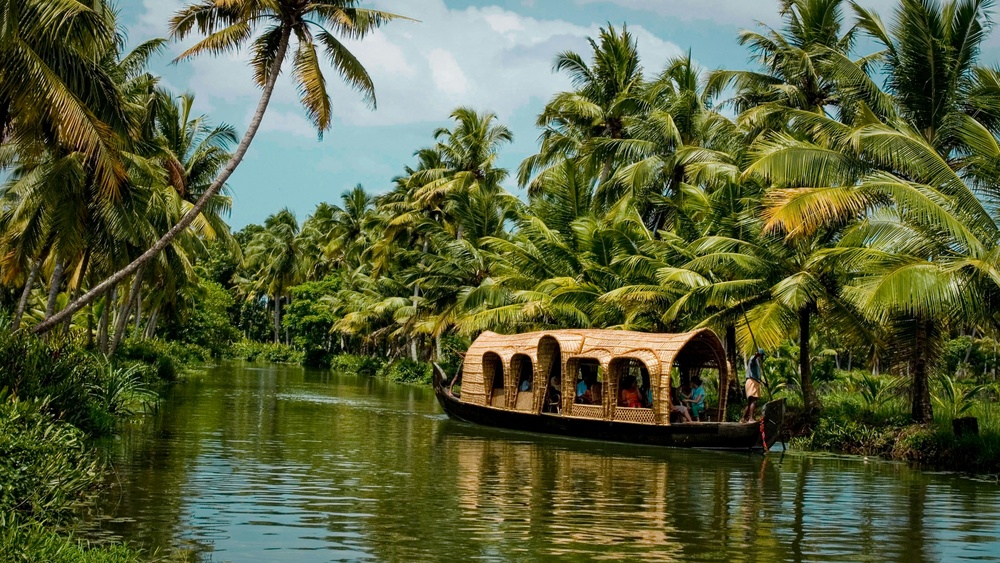Kerala, with its emerald landscapes, misty hill stations, and tropical rainforests, is not just a haven for leisure tourists but a paradise for eco-travellers and wildlife photographers. Tucked within the biodiversity-rich Western Ghats, this southern Indian state offers a rare chance to witness untouched nature, endangered species, and sustainable tourism practices. Kerala Wildlife Tours are tailored experiences that combine adventure, ecological awareness, and incredible photographic opportunities—making them ideal for those who seek meaningful travel and a deep connection with the wild.
An Ecological Wonderland
Kerala is part of the Western Ghats, one of the world’s eight “hottest hotspots” of biodiversity. These lush ecosystems support:
- 140+ species of mammals including elephants, tigers, and leopards
- 500+ species of birds such as the Great Hornbill and Malabar Trogon
- Thousands of plant and insect species, many of which are endemic
For eco-travellers who prioritize low-impact, sustainable tourism, Kerala Wildlife Tours offer a responsible way to explore these rare ecosystems without harming them.
Why Eco-Travellers Love Kerala Wildlife Tours
1. Community-Based and Sustainable Tourism
Many wildlife tours in Kerala are designed around eco-tourism principles. Sanctuaries like Parambikulam and Chinnar actively involve local tribal communities in guiding and conservation efforts. By choosing these tours, eco-travellers directly support local livelihoods and help fund forest protection initiatives.
2. Stay in Eco-Lodges and Jungle Camps
Instead of luxury hotels, these tours offer accommodation in tree houses, bamboo huts, and eco-lodges designed to blend with the natural surroundings. These low-impact stays offer basic comfort while minimizing carbon footprint.
3. Environmentally Friendly Activities
Jungle treks, bamboo rafting, and guided bird-watching walks replace motorized safari rides in many areas. Such experiences are immersive and leave little to no environmental impact, aligning perfectly with the values of eco-conscious travellers.
Why Wildlife Photographers Thrive in Kerala
1. Diverse Landscapes, Incredible Lighting
Kerala’s diverse topography—from grasslands and evergreen forests to marshlands and misty mountains—provides a dreamlike backdrop for wildlife photography. Morning fog, filtered sunlight, and dramatic shadows make every frame unique.
2. Abundant and Unique Fauna
Kerala Wildlife Tours offer chances to photograph rare and endangered species such as:
- Nilgiri Tahr in Eravikulam National Park
- Lion-tailed Macaque in Silent Valley National Park
- Grizzled Giant Squirrel in Chinnar Wildlife Sanctuary
- Great Indian Hornbill in Thattekad Bird Sanctuary
- Tigers and elephants in Periyar and Parambikulam reserves
Such sightings, often enhanced by trained naturalist guides, result in stunning and meaningful wildlife portraits.
3. Guided Photography Walks and Specialized Tours
Some wildlife reserves offer customized photo tours with expert guides who understand animal behavior and the best times and spots for rare sightings. These guided tours are ideal for both amateur and professional photographers.
Top Spots in Kerala for Eco-Travel and Wildlife Photography
Periyar Wildlife Sanctuary, Thekkady
Famous for its boat safaris, Periyar lets you photograph herds of elephants and deer near the lake. The forested hills and misty waters offer exceptional compositions.
Eravikulam National Park, Munnar
Best known for the Nilgiri Tahr and rolling grasslands, this park provides wide-angle landscapes and portrait photography opportunities.
Silent Valley National Park, Palakkad
A paradise for bird photographers, this ancient rainforest is filled with exotic birds, reptiles, and endemic primates.
Thattekad Bird Sanctuary
India’s first bird sanctuary, it’s a goldmine for avian photographers with hundreds of species including the Malabar Grey Hornbill, Indian Pitta, and Frogmouth.
Wayanad Wildlife Sanctuary
Dense forests and rich biodiversity make it a hotspot for photographing elephants, leopards, and the occasional tiger in the wild.
Eco-Friendly Photography Tips
- Use silent shutter modes to avoid disturbing animals
- Avoid flash photography in sanctuaries
- Maintain a safe and ethical distance from wildlife
- Do not bait or lure animals for photos
- Leave no trace—carry all waste back with you
Remember, the goal is to capture wildlife in their most natural and undisturbed state.
When to Visit for the Best Experience
The best time for Kerala Wildlife Tours is between October and March, when the climate is cooler, skies are clearer, and animal activity is higher. This also ensures the best lighting conditions for photography, especially in the early mornings and late afternoons.
Final Thoughts
For those who seek more than just sightseeing, Kerala Wildlife Tours are the perfect gateway into responsible, rewarding travel. Whether you’re an eco-traveller eager to support conservation or a wildlife photographer chasing rare moments in the wild, Kerala offers the best of both worlds.
With its breathtaking biodiversity, community-driven tourism, and awe-inspiring natural settings, Kerala proves why it truly is God’s Own Country—especially for those who walk gently on the earth and see the world through a lens of wonder.





